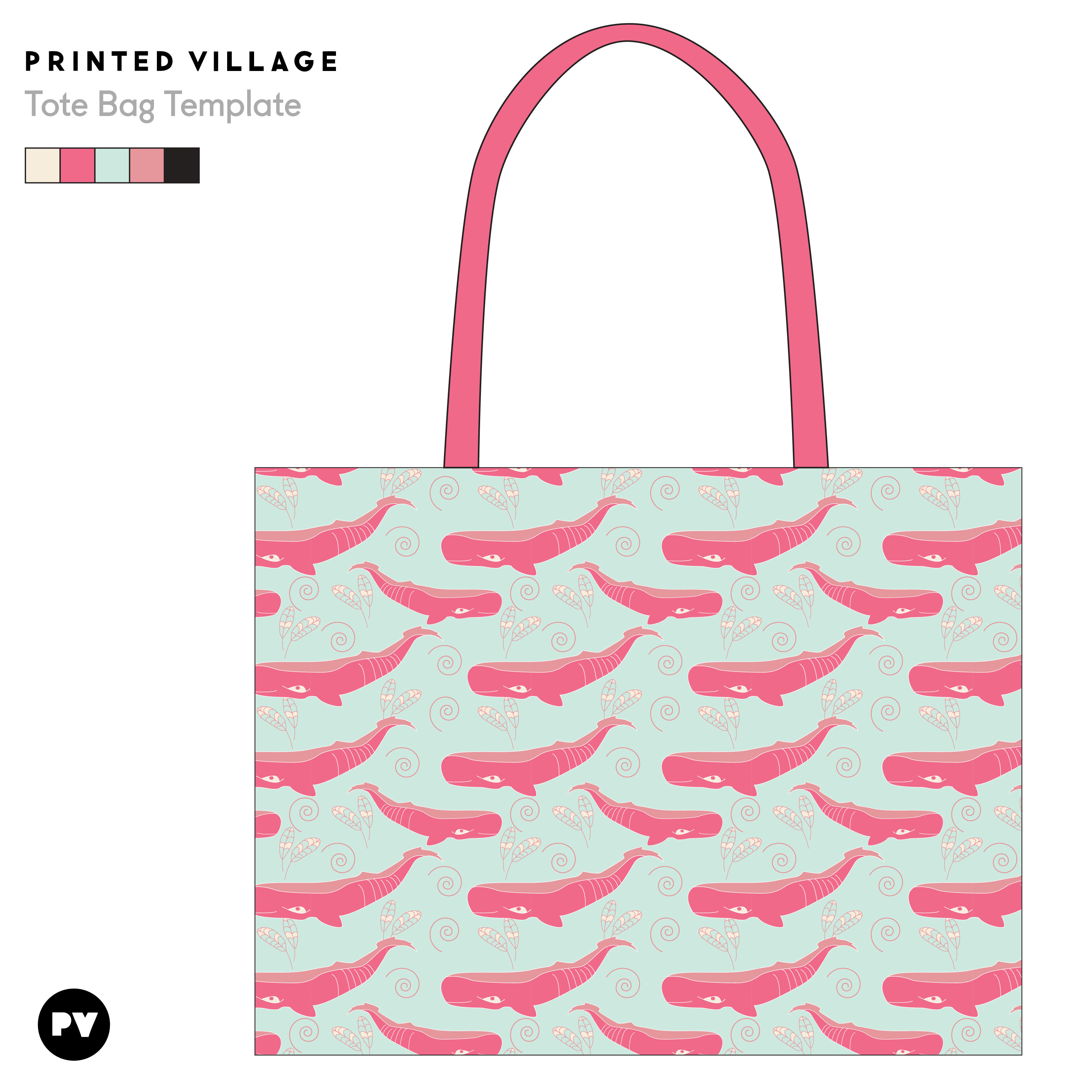An annotation is a specific short, written explanation or comment added to a print text or visual representation. In Visual Communication Design, annotations may be used at several stages of the design process, including research, generation of ideas and presentation of designs.
The following strategy supports students to write informative and succinct annotations in VCD. This strategy requires students to use their knowledge and understanding of VCD-specific terminology and concepts.
- The teacher presents a design to students via handout, whiteboard, smartboard or online.

- The teacher and students deconstruct the design orally. Teacher guides the students using prompts such as:
- Who/what is being represented in this design?
- What is the purpose of this design?
- Who might be the target audience? How do you know?
-
Women or girls. Primary colour is pink, a colour which is associated with girls in our society. Also, men don't often carry tote bags.
- Where might this design be located or encountered?
-
In public. People carrying the bag around.
- What message does the design communicate? How?
-
Design message is fun. The whales are swimming in different directions. The colours are bright, and the swirls and leaves (or feathers) also indicate movement.
- What design elements and principles are evident?
-
Elements: line, shape, colour.
-
Principles: figure and ground, balance, contrast, scale, proportion, and pattern.
- What methods, media and materials have been used in the design?
-
Screen printing (method), ink (media), fabric (materials)
- Using Post-it notes, the students write down answers and ideas from the conversation. The teacher encourages students to elaborate on their responses through the following prompts:
- Use a full sentence in your response.
- Do not use terms such as 'that bit…' or 'it uses….' Name the components you are describing fully.
- Naming the components explicitly, rather than using referents (such as 'that bit,' 'this section'), is called decontextualised language. In this situation, decontextualised language can be described as language that will make sense if the design (or context) is removed.
- Use specific
design language (see 'Building Visual Communication Design vocabulary').
Students may write:
- The wavy pattern and positioning of the whales make it look like they are swimming.
- The pink colour is bright, which is attractive and fun.
- The spiral lines indicate movement. They also remind you of shells, which relates to the theme of the ocean.
- Students then collate their responses and arrange them around the design.
- Through discussion, the teacher synthesises the main ideas of the responses and reiterates them for students.
- Jointly, teacher and students refine the responses to create annotations for the design. Prompts include:
- Does the annotation use precise nouns and adjectives to name and describe the components of the design?
- Do the descriptions include relevant design terminology including elements and principles?
- Is it clear to which component of the design the annotation refers?
- Do any of the annotations require more description or clarity?
- Are some too wordy? How can we make them more succinct?
- After modelling and joint construction as above, students are asked to complete annotations for another distributed design, a design they have researched, or one of their own designs.
Curriculum links for the above example:
VCAVCDE001,
VCAVCDR004,
VCAVCDR005,
VCAVCDR011.